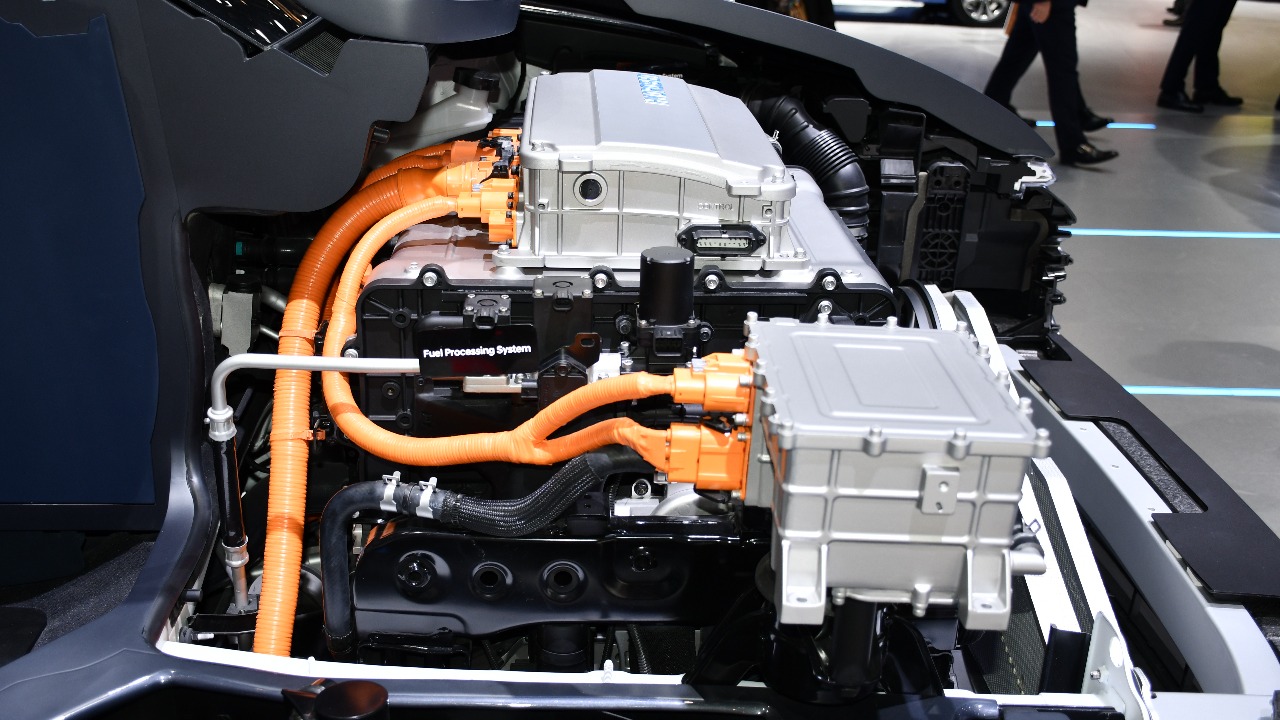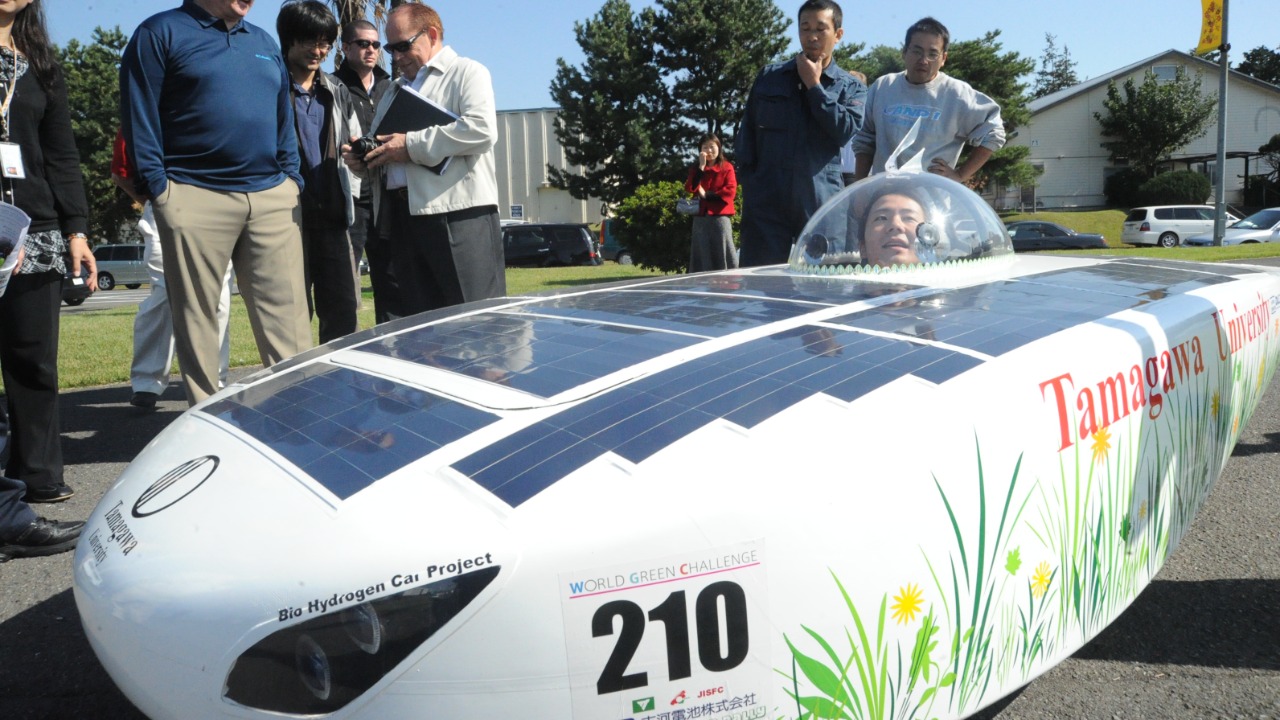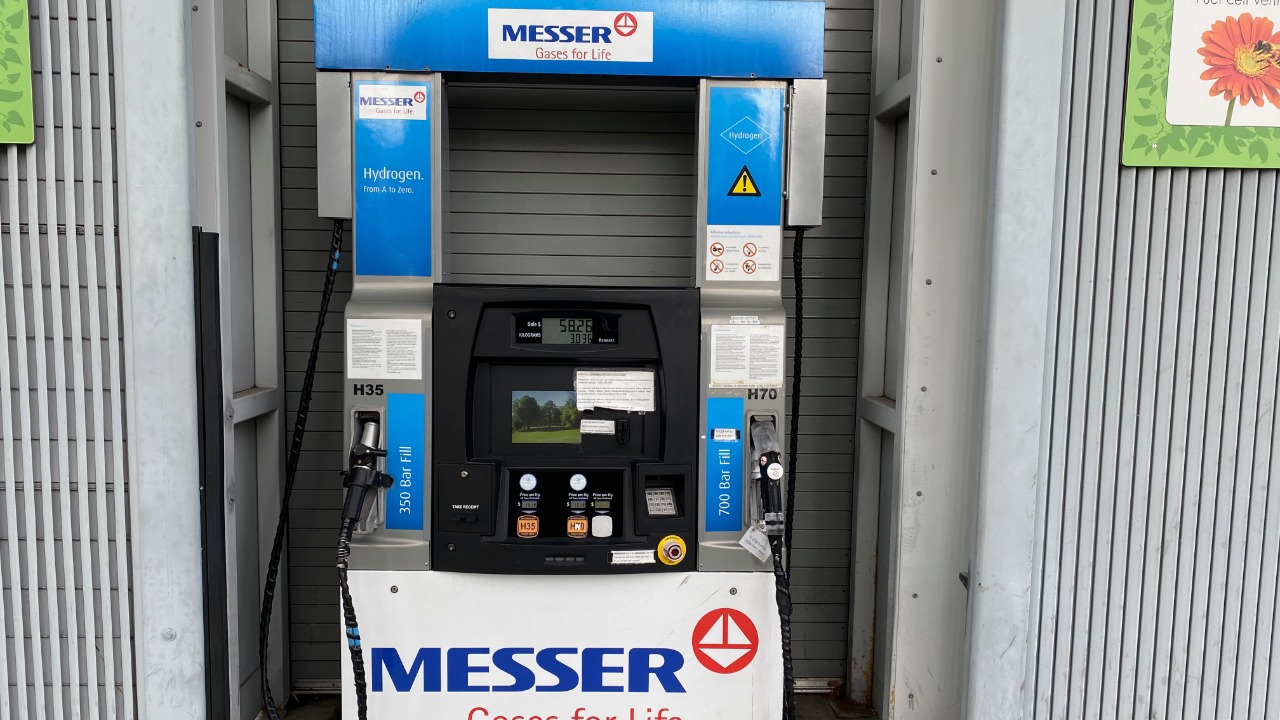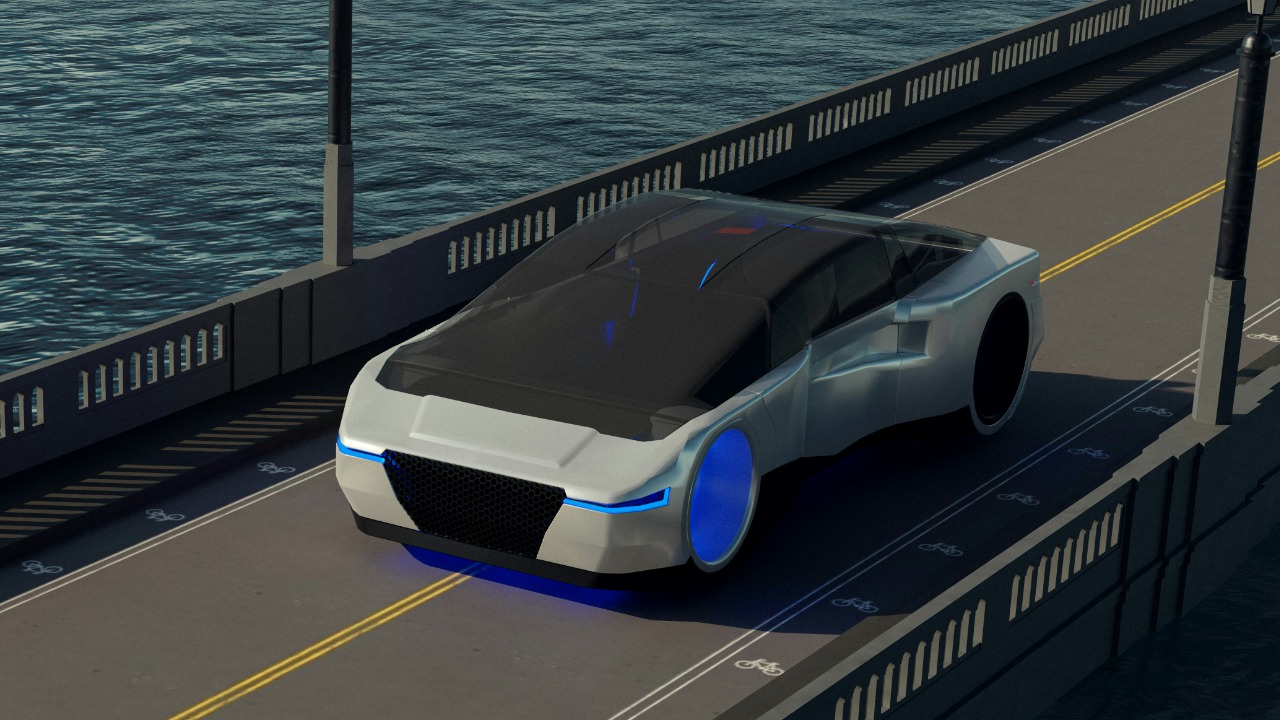
Hydrogen fuel cell cars have long been touted as a promising alternative to traditional gasoline-powered vehicles and even battery electric vehicles. However, misconceptions and debates surrounding their efficiency, infrastructure, and environmental impact often cloud the public’s understanding. Delving into the truth about hydrogen fuel cell cars reveals their advantages, challenges, and potential future.
How Hydrogen Fuel Cell Cars Work

At the heart of a hydrogen fuel cell vehicle is the process of converting hydrogen gas into electricity. This process occurs within the fuel cell stack, where hydrogen reacts with oxygen from the air in an electrochemical reaction. The byproduct of this reaction is water, emitted as water vapor, making hydrogen fuel cells environmentally friendly in terms of tailpipe emissions. This clean water emission starkly contrasts with the carbon dioxide produced by gasoline-powered vehicles.
When comparing fuel cell cars to electric vehicles, the primary difference lies in how they store and utilize energy. Fuel cell vehicles store energy in the form of hydrogen gas, while electric vehicles rely on large batteries. The refueling process for hydrogen cars is akin to that of gasoline cars and is significantly faster than recharging an electric vehicle battery, which can take several hours. This difference in refueling and recharging times plays a crucial role in consumer convenience and acceptance.
Environmental Impact and Efficiency

One critical factor in evaluating hydrogen fuel cell cars is their environmental impact. While the vehicles themselves emit only water vapor, the production of hydrogen can generate greenhouse gas emissions, particularly when derived from natural gas reforming. However, hydrogen can also be produced via electrolysis, which can be powered by renewable energy sources, offering a path to low-emission hydrogen production. Comparing the lifecycle carbon footprints, hydrogen vehicles can potentially outperform gasoline vehicles, but they often fall behind modern electric cars, especially when the latter are charged using renewable energy.
In terms of energy efficiency, hydrogen fuel cell cars face challenges due to energy losses during hydrogen production, transportation, and conversion back to electricity. This results in lower “well-to-wheel” efficiency compared to electric vehicles, which can convert stored electricity directly into motion with minimal losses. Nonetheless, ongoing research and technological innovations aim to enhance the efficiency of hydrogen production and utilization, which could eventually narrow this efficiency gap.
Current Infrastructure and Market Challenges

The current state of hydrogen refueling infrastructure remains a significant barrier to the widespread adoption of hydrogen fuel cell vehicles. Most hydrogen stations are concentrated in specific regions, such as California in the United States, limiting the practicality of these vehicles for many consumers. Expanding this infrastructure requires substantial investment and development, which can be a slow and costly process. However, several governments and private entities are investing in building more refueling stations to support broader adoption.
Market adoption of hydrogen fuel cell cars also faces challenges related to the high production costs of the vehicles themselves. The complex technology and materials involved in manufacturing fuel cells contribute to these high costs, making hydrogen cars less competitive price-wise compared to traditional and electric vehicles. Additionally, consumer awareness and perception play a critical role. Many potential buyers remain unfamiliar with the benefits and limitations of hydrogen fuel cell technology, which can hinder their willingness to transition from more conventional vehicle options.
Future Prospects and Innovations

The future of hydrogen fuel cell vehicles is promising, particularly as technological advancements continue to improve fuel cell efficiency and durability. Researchers are focusing on developing lighter, more efficient fuel cells and exploring innovative methods for hydrogen production, such as green hydrogen, which uses renewable energy sources to produce hydrogen with minimal environmental impact. These innovations could make hydrogen vehicles more competitive with their electric counterparts.
Policy and industry initiatives are also crucial to the future of hydrogen fuel cell cars. Governments worldwide are implementing incentives and policies to promote hydrogen technology, including subsidies for hydrogen infrastructure and research grants for fuel cell development. Meanwhile, several major automotive manufacturers are committing to the production and development of hydrogen vehicles, often through partnerships and collaborations aimed at sharing technology and reducing costs.
Common Myths and Misconceptions

One of the most persistent myths about hydrogen fuel cell vehicles is related to safety concerns. Many people believe that hydrogen is more dangerous than gasoline, primarily due to its highly flammable nature. However, modern hydrogen storage and safety technologies have made these vehicles as safe as their gasoline and electric counterparts. Advanced sensors and robust storage tanks are designed to prevent leaks and mitigate risks, ensuring that hydrogen cars meet stringent safety standards.
Additionally, rumors and misinformation can sometimes distort the public’s perception of hydrogen vehicles. For instance, persistent rumors about Tesla developing a hydrogen-powered car, the so-called Tesla Model H, have been proven false. According to a fact-check by Snopes, these rumors are unfounded, yet they demonstrate the ongoing fascination and misconceptions surrounding hydrogen technology. By distinguishing between realistic projections and media exaggerations, consumers can make informed decisions about the potential of hydrogen fuel cell vehicles.